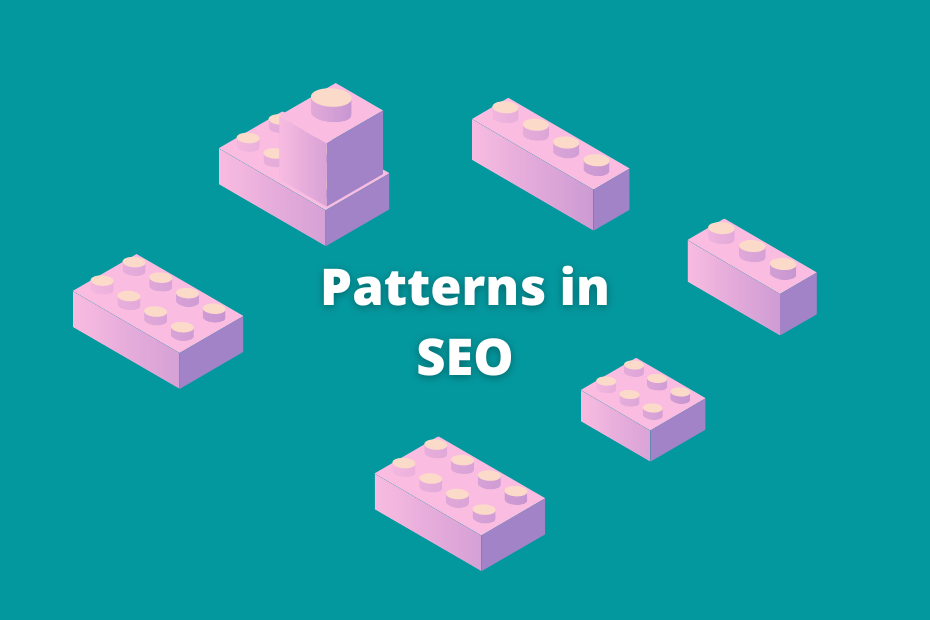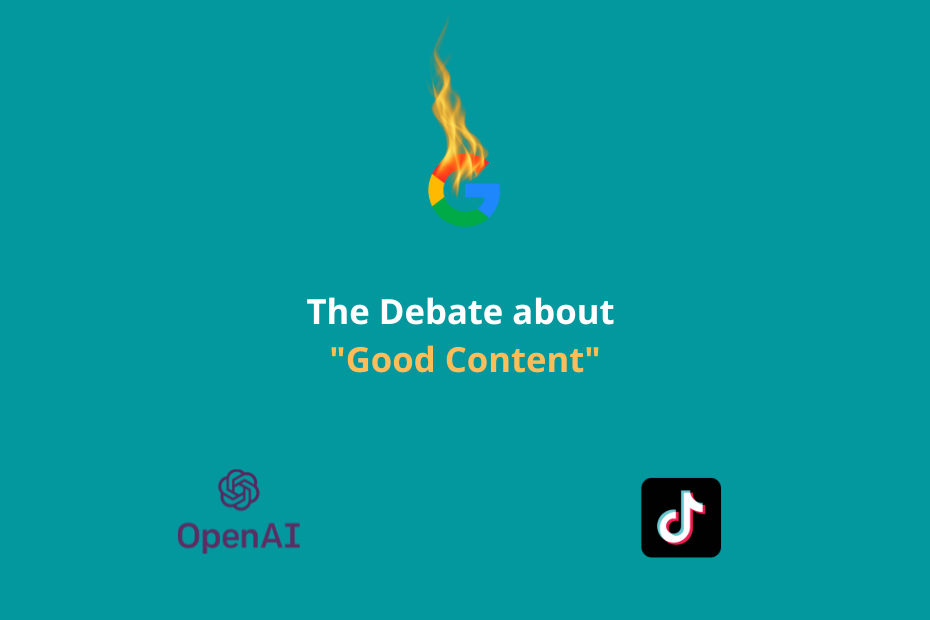Marketplace SEO Insights from 3 years and 9 marketplaces
After 3 years of doing SEO for a portfolio of marketplaces at Adevinta, today I am leaving my job. I sit down to write this article with the intent of saving my learnings and recording the insights I gained during this chapter of my SEO life.
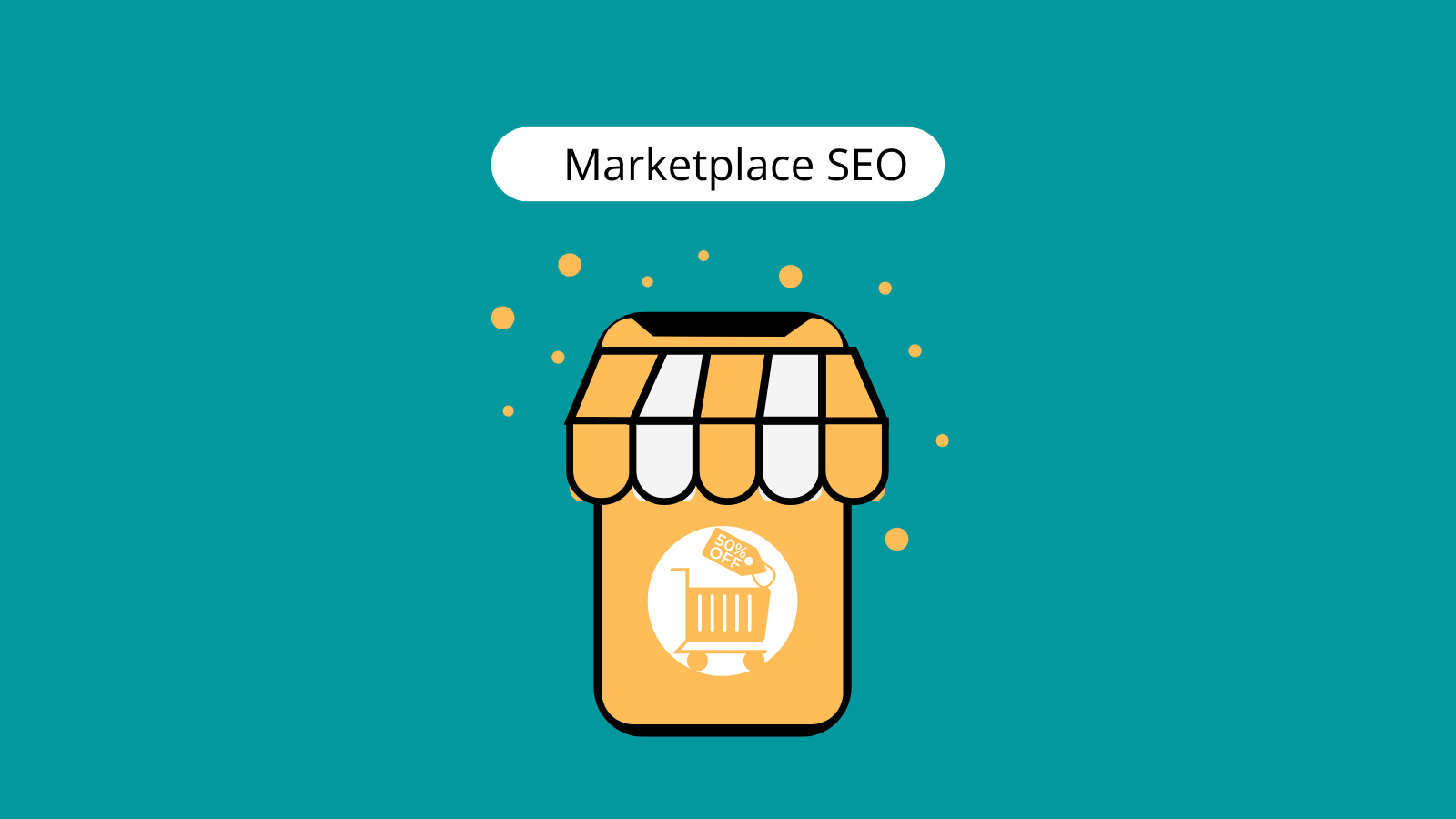
In 2020 I had enough of the SEO agency life. Doubling with 15-20 websites at the same time was stimulating but it didn't leave room to get deep into problems. I wasn't happy with the results I was able to produce with superficial audits. I was fantasizing about what devoting all of my time to one website would bring to the table.
An opportunity from Adevinta, a European online classifieds leader found me during this time. The next 3 years were something I couldn't even dream of when I got onboarded as the SEO Specialist for Hungary.
It is hard to please me professionally. I am always striving to have an impact and looking for bigger and bigger challenges. Adevinta and my managers were able to present those challenges which I was happy to take.
I worked with second-hand marketplaces from Hungary, Ireland, Brazil and Italy. I faced the challenges of car marketplaces, real estate listings, and job boards. I implemented best practices and I made big uncertain bets.
I had a tremendous impact bringing millions of extra clicks yearly with certain initiatives and I also learned what is not working.
I worked with great product managers and exceptional developers. I was part of the best SEO team I have encountered so far. But today I am leaving all of this behind to satisfy my hunger for bigger challenges.
But before that, I wanted to stop for a moment, look back and share what I learned. Obviously, I won't give the blueprint of what's working for marketplaces. I have contracts signed and promises to fulfill.
However, I intend to share some lessons that can be applied to large websites or can be valuable if you are just getting into an enterprise SEO environment.
...let's get to it.
1. Fixing the basics is (only) an insurance
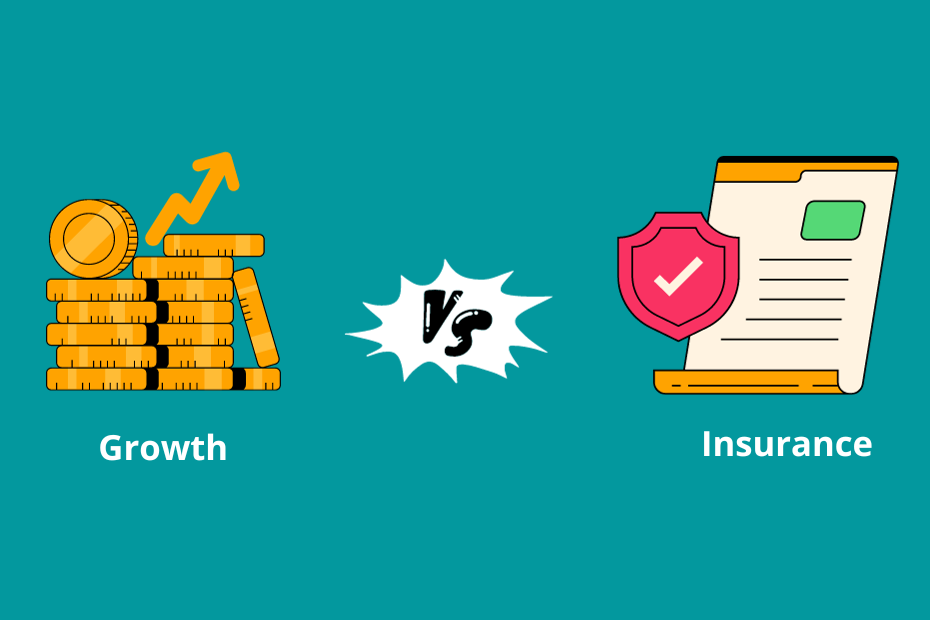
I bet you are familiar with the technical SEO checklists that consist of 300+ items to check.
You can find the same if you go into any SEO tool:
- noindex tags
- wrong canonical tags
- page titles (missing, too short, too long)
- meta descriptions (missing, too short, too long)
- 4xx links
- 3xx links
- ...
Doing technical SEO in an agency setting meant that I went through this list, identified the problems, and suggested solutions. Then I was hoping it would move the needle.
If there were some big fckups on the website, our fixes resulted in big traffic increases. If the client had a decent website then the only KPIs we were able to impact is the number of hours billed.
When I joined Adevinta I brought the same mindset and skills.
For some marketplaces, that weren't touched for years I was able to show good results with this type of checklist SEO. But opportunities started to dry out over time even for these sites and later when I was working with more advanced setups, there simply weren't big issues to fix even from the start.
What checklist SEO is missing is that not every page has to be SEO-friendly. Adding page titles or fixing links that are pointing to legal pages almost never brings meaningful traffic increases. But they are still worth taking care of.
Google Updates and tech SEO fixes

During my 3 years, I experienced a handful of Google Updates. Though there is no clear correlation between updates and website types, I had the hunch that marketplaces that had some known technical shortcomings (too many indexed pages, mass number of redirected URLs...) were often impacted negatively during Updates.
Also, the reverse was true.
When we fixed some issues we often didn't see any meaningful change in traffic in the short run. Then a switch from Google came in the form of an Update and suddenly we started to gain positions.
My point of view on fixing basic technical problems changed over time. Previously I believed that fixing these issues by themself could bring extra traffic. Now I look into these types of optimisations as insurance. They enable us to paint on a white canvas with the bigger changes we propose without worrying about what the next update brings.
Sure, sometimes marketplaces with perfect setups get hit by updates. But then at least I know that it wasn't caused by an issue we could have fixed.
2. You can't copy everything

Since I had the opportunity to work with similar marketplaces with different levels of SEO maturity I was able to implement the winning strategies of marketplaces I previously touched on the new sites.
This type of optimization was convenient. It was easy to convince the team to do them because I had data from another site, and in theory, the changes proposed made a lot of sense.
But they did not always work out as expected.
Bringing a one-size-fits-all solution and adapting it to different websites in different countries has its own limitations:
- Country: Though we like to believe that we optimize for Google which works fairly similarly through countries, the differences can make or break an SEO initiative. In some countries there are rich results with price ranges and an "In stock" label displayed in search, in others, the experience is plain text. Adding schema markup to the latter probably won't have any impact.
- Competitors: The ideal situation is when you implement an SEO feature that the competitors don't have. It has a higher chance that you can outrank them if they are not already leveraging the same solution. This makes competitor research and keyword gap analyses less effective, while the utility of winning tactics from other countries increases in these cases.
- Unique attributes: Even with the same categories marketplaces are often working differently. Certain categories are more popular at one marketplace than at another (with more ads and the ability to create more pages), and the number of searches, and the way users are searching on Google can often lead us to change strategies.
Best practices are cool but starting with the site and building on its strengths are even better.
3. Speak the language of people who hold the key
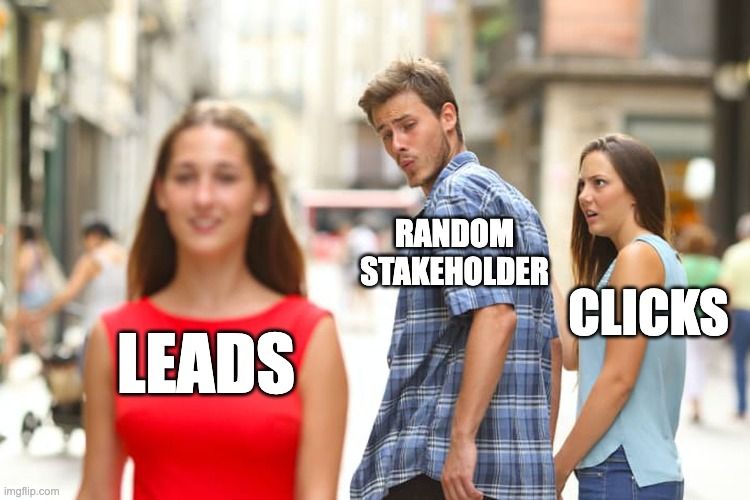
Coming up with ideas on what to do is the easier part of the puzzle when you are working with enterprise-level websites. Even if you see a no-brainer opportunity, it's rarely the case at most companies that you have a team to implement it without questions.
In fact, if you package an opportunity using generic SEO KPIs like clicks or impressions from Google Search Console stakeholders often can lose interest because they perceive your ideas which are good for you, but neutral for the business.
After a few failed pitches I started to adjust my messaging based on the people I was talking to:
- Colleagues with a focus on advertising valued page views.
- Marketeers owning the whole funnel were interested in Monthly Active Users.
- More pragmatic ones looked at revenue.
- Anyone with a title including "sales" or "biz dev" talked about leads.
Talking about clicks didn't make sense when I talked to them, because they didn't always understand how those are connecting to their precious KPIs. Changing the wording (and putting a lot more effort into presenting ideas than just coming up with them) had a big impact on securing resources for SEO.
Often you can't effectively measure the impact of an SEO initiative on the above-mentioned KPIs (especially revenue and leads) in the short run, but you still present the connection and outline the potential long-term impact.
I have written in detail about this topic in the past here:

4. Instead of listening to G, measure changes

Just like Cialdini stated authority as one of the six principles of influence, authority (in this what Google representatives say) truly impacts what we are working on and how hard it is to convince others about doing something.
Attaching a Google page to the JIRA tickets where there are some strong, "official" statements makes all further questions unnecessary. On the other hand some bold (and rarely meaningful) Google statements posted in a random Slack channel can start a long series of questions.
Look at Core Web Vitals (which is marketed as Page Experience now) for example. Google made a year-long campaign to prepare everyone for the increasing importance of their new metrics, but when Core Web Vitals became a ranking factor no one really noticed.
Was it really worth devoting teams to optimizing Core Web Vitals with the premise of preparing for the update or increasing traffic by fixing errors?
Not really.
Was it worth it to work on CWV to have a faster, less annoying, better-converting site?
Yes.
More on the topic:

With access to several sites and with the data of more successful and less-so SEO initiatives, I now take a different stance when I read any communication from Google.
It is one thing saying something and totally other wether it is true or not.
Just look at for example the recent comment of Gary Illyes about the importance of links:
“I think they are important, but I think people overestimate the importance of links. I don’t agree it’s in the top three. It hasn’t been for some time.” - Gary Illyes
- What should you say to this if you just wrapped up a successful link-building project?
- What if you just achieved some great growth with internal link optimization?
I have seen several discrepancies over the year between what people from Google communicate and what's working in search.
My take on this and what served me well is to test everything, analyze the results, and make conclusions from the data, not from tweets.
What's next?
In this article, I focused on big themes and ideas that emerged during my 3 years of doing SEO for marketplaces. In the meantime, I covered several other SEO topics on this blog which you can read below.
The blog will function as the main public repository of my learnings and thoughts about SEO and life. If you would like to read my upcoming pieces you can subscribe here:
Further SEO Insights


